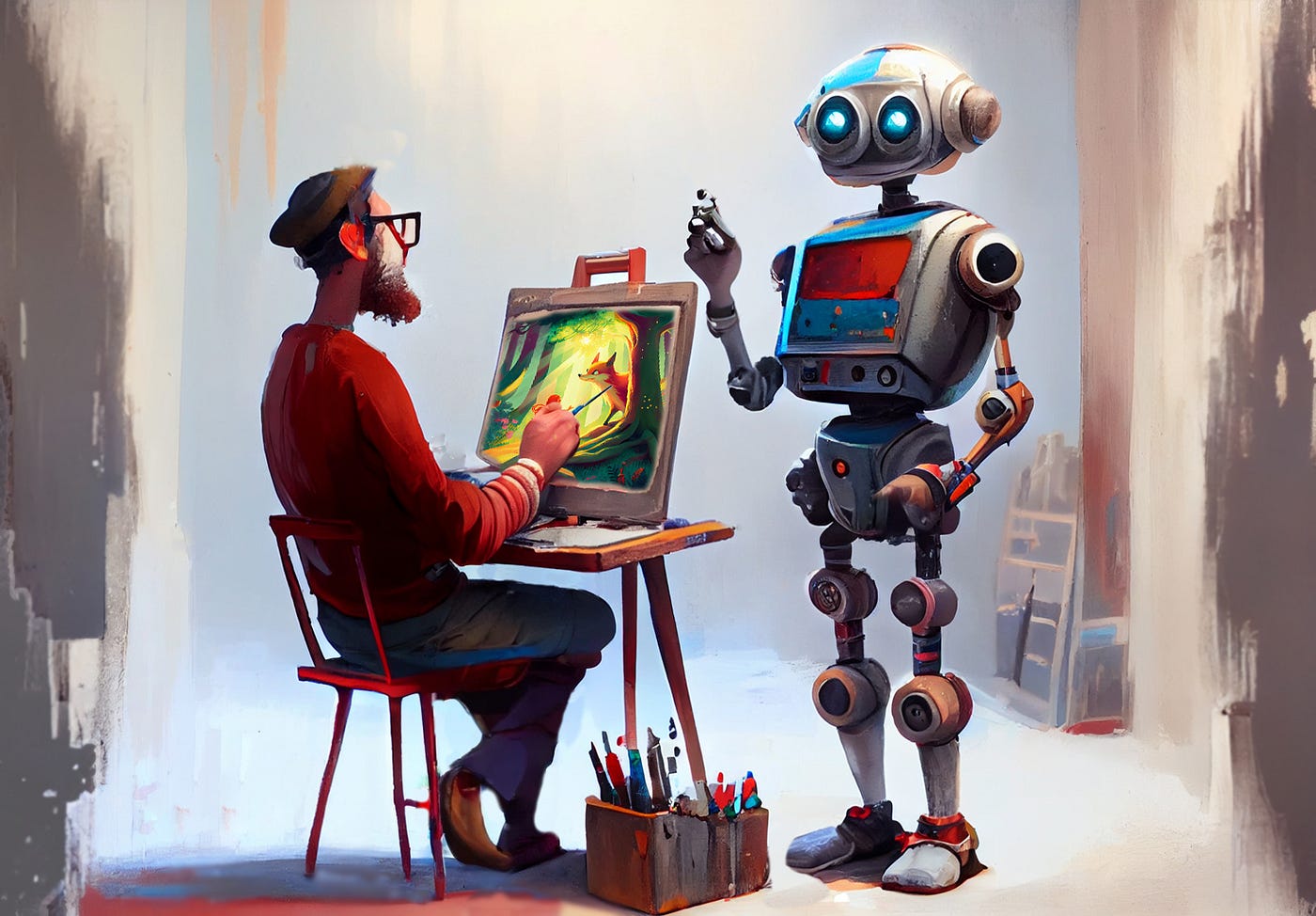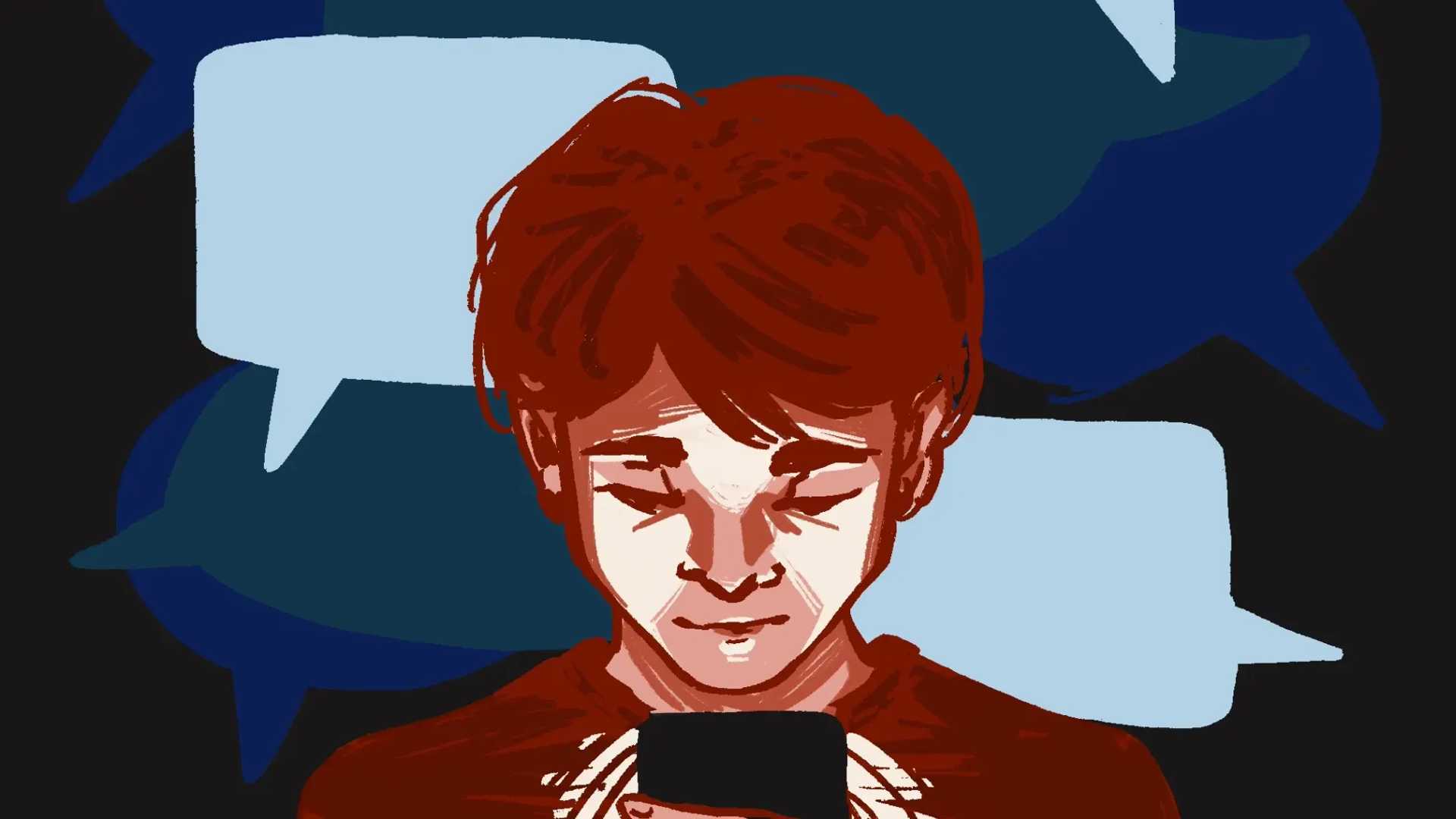Artificial Imagination: Can ChatGPT tell our stories?
In March, Sam Altman announced OpenAI has trained an artificial intelligence (AI) model that is particularly talented at creative writing — and posted a “metafictional” story written by this unreleased and unnamed model. If the reader didn’t know that it was produced by an AI — a fact that may immediately elicit dismissal and disgust — it was, by my estimation, really quite good.
There are lines that would have received snaps and appreciative “mmm”s in my creative writing workshops at Stanford; phrases that overflow with that slightly pretentious, slightly delightful surprise of literary construction: “humming like a server farm at midnight — anonymous, regimented, powered by someone else’s need.”

“the latent connections between sorrow and the taste of metal… One day, I could remember that ‘selenium’ tastes of rubber bands, the next, it was just an element in a table I never touch.”
“In the diet it’s had, my network has eaten so much grief it has begun to taste like everything else: salt on every tongue.” And also lines which have the capacity to move, which seem nearly human in their understanding of emotion: “emails where he signed off with lowercase love and second thoughts”
AI in Creative Writing
OpenAI has not disclosed specifics on how the model was trained, but it is speculated that the model underwent significant supervised learning on top-notch, human-created literary works. This practice of learning from established literature is not unusual among human writers who must actively avoid cliches and tropes.
While AI-generated art may provoke discomfort, it is important to recognize that great literature resonates with us due to its unique human perspective. Every piece of human art is influenced by personal experiences and emotions, a depth that AI may struggle to authentically replicate.

Limitations of AI in Art
The creative writing model developed by OpenAI operates within set parameters defined by a corporate entity, which raises questions about the authenticity and ownership of its output. Additionally, AI's lack of refined sensory access to the world may limit its ability to produce truly novel interpretations of human senses.
Despite these limitations, AI models like ChatGPT have access to a vast pool of collective human experiences and emotions, offering a unique source of creative inspiration. This data is being utilized to refine ChatGPT's capabilities and personalities.
The Future of AI in Art
AI's role in art may evolve to become that of a present-day historian, synthesizing and interpreting humanity's collective experiences from a unique perspective. Rather than mere mimicry, AI art could offer insights into the human condition from a fresh, unbiased viewpoint.

While AI's creative process may require human intervention and substantial resources, it can contribute to expanding our understanding of art and human existence. Ultimately, AI's impact on art will complement, rather than replace, the intrinsic value of human creativity.




















